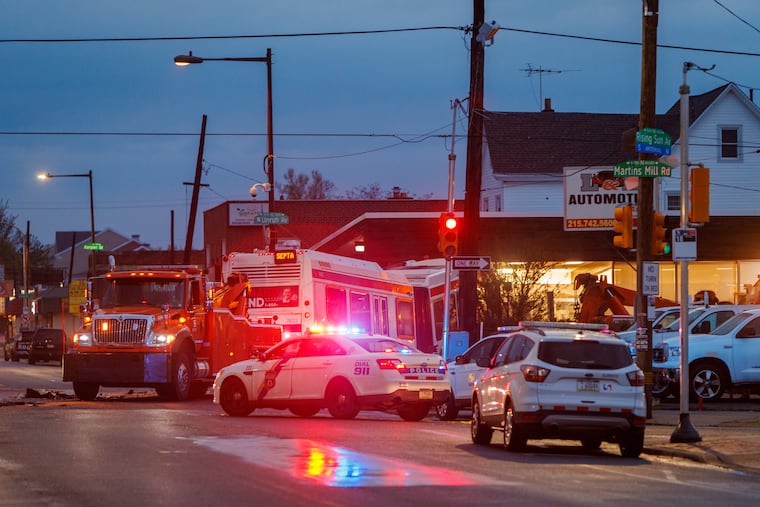Federal Transit Administration orders SEPTA to fix issues that are compromising safety
The FTA investigation began after a string of bus and trolley crashes last year, but the agency earlier had warned SEPTA and PennDot of need for more safety controls.
